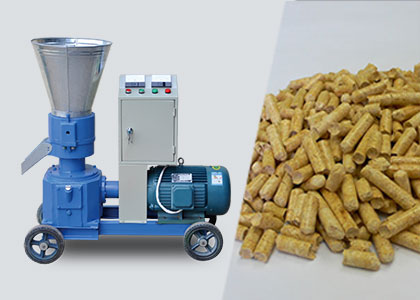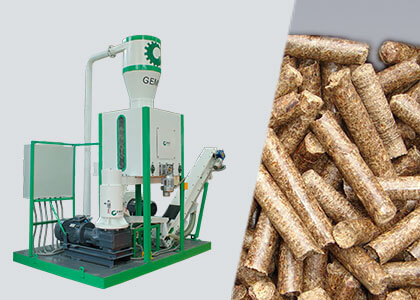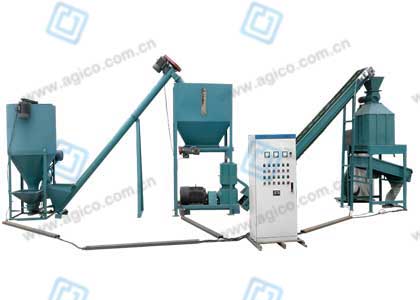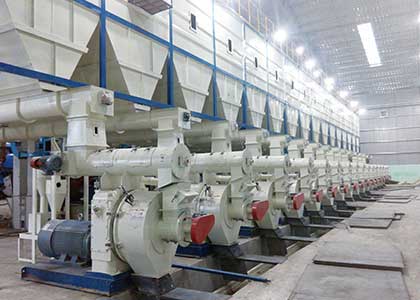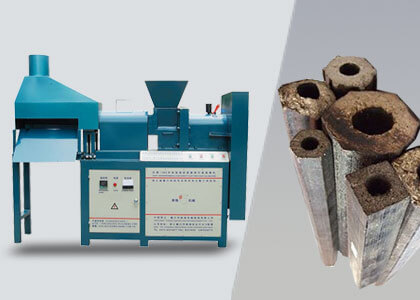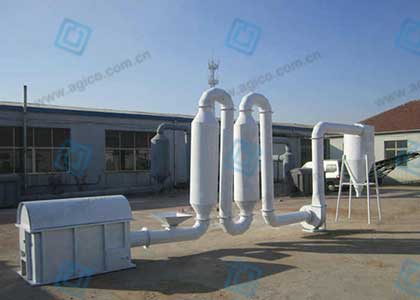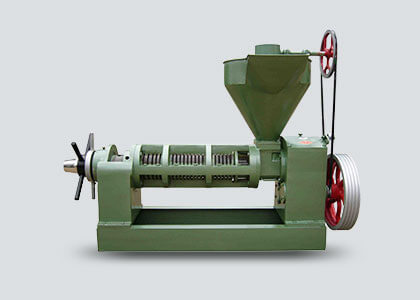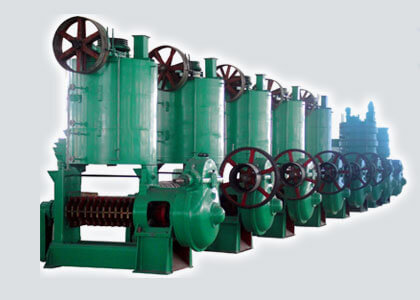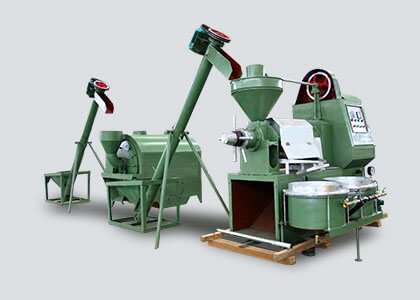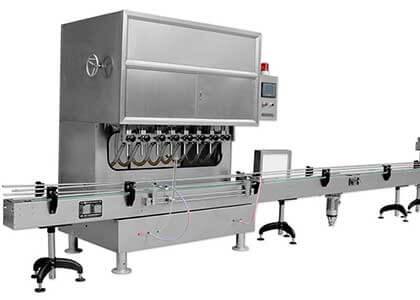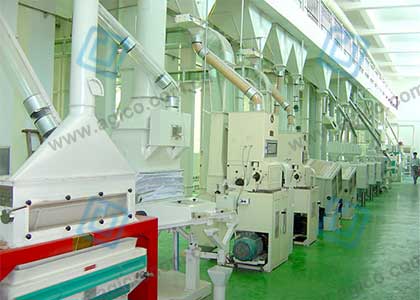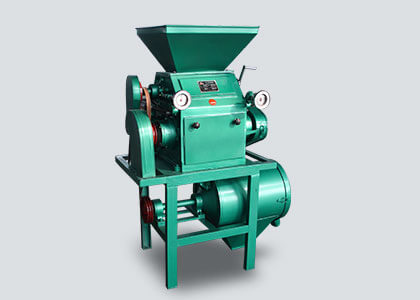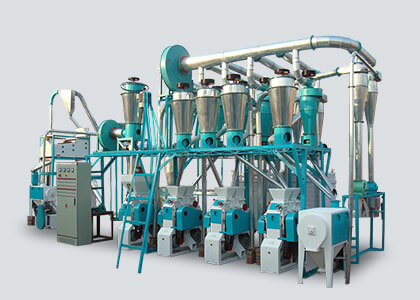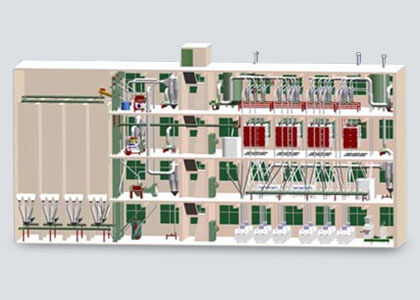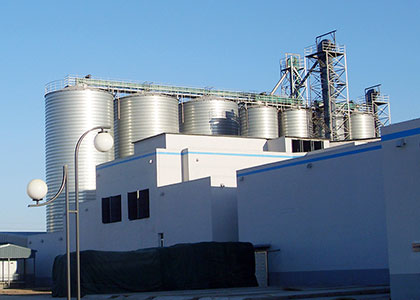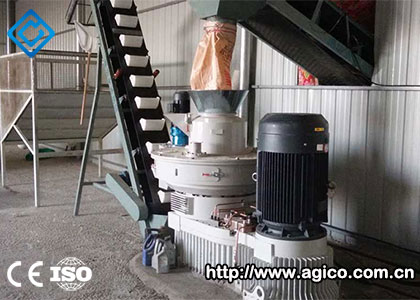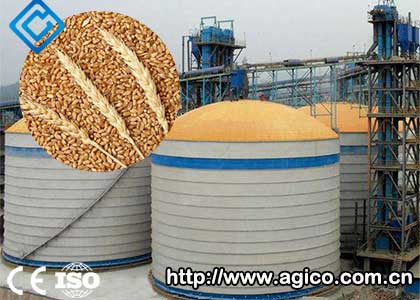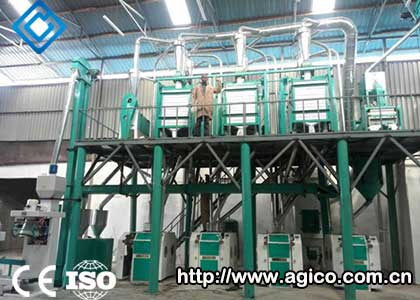How to Choose Suitable Chicken Cage for Your Poultry House?
Types of Cages in Poultry
According to the different growth stages and functions of chickens, chicken cages can be divided into poultry brooder cages, poultry broiler cages,chicken layer cagesfor poultry, andbreeder cages, which are respectively suitable for raising young chicks, broilers, laying hens, and breeders.
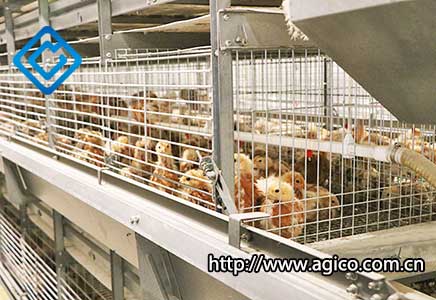
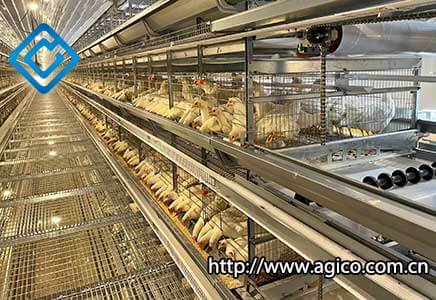
Why Choose Different Poultry Cages to Raise Different Chickens?
Different types of cages in poultry are specially designed according to the physical characteristics and feeding needs of a certain type of chicken. For example, in laying hen cages, since laying hens lay eggs every day, the laying hen cages are designed with egg troughs specially designed to hold eggs, and there will also be special egg collection equipment to collect the eggs produced by hens. The chick cage is suitable for chicks from the first day of hatching to 110 days of age. In order to prevent the chicks from running out of the chicken cage, the chicken net uses a denser cage net arrangement than ordinary chicken cages.
To sum up, when raising poultry, it is necessary to choose a suitable chicken cage, which can not only help breeders save labor costs, but also increase economic benefits.
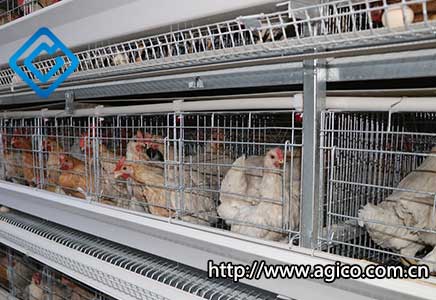
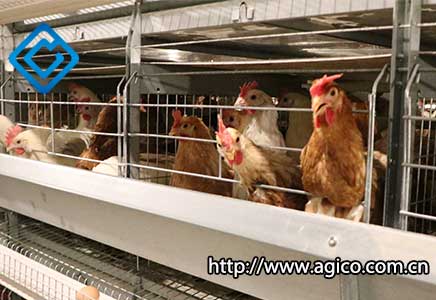
Why do you Need to Use Professional Chicken Cage Breeding Equipment?
In the process of purchasing chicken cages, they must be selected according to the specifications, according to the number of chickens and the size of the chickens, so that the normal needs of raising chickens can be met.
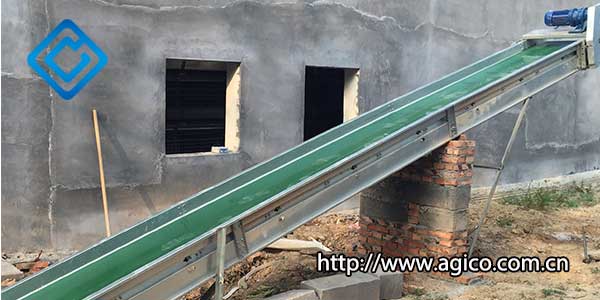
Chicken cage equipment is directly related to the benefits of farmers. The proportion of chicks, broilers and laying hens in many chicken farmers is unbalanced and unsatisfactory. The rearing area is often too small, the stocking density is too large, and the feed and drinking tanks are not enough. It can be said that this is a common problem common to chicken farmers, and it is also an important factor affecting the economic benefits of laying hens. There are also some chicken farmers who raise more chickens, have useless room or do not have any sparepoultry houses for raising chickens, and put the chicks in cages too early, which is not conducive to the growth and development of the middle-aged chicks, and ultimately affects the egg-laying performance of the hens.
Composition and Advantages of Multi-layer Chicken Cages
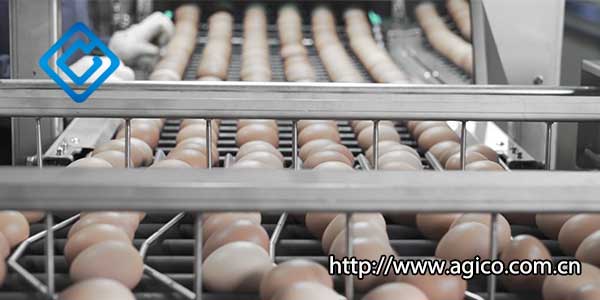
- Themulti-layer chicken cageensures that the activity height of each chicken is 50cm, and there is a good air supply throughout the cage. Due to the compact size design of the chicken coop, the space of the chicken house is used extremely well.
- In addition, the overall height of the chicken cage is relatively low, which simplifies the maintenance and inspection of poultry. This compact design reduces house construction costs. Appropriate ventilation options are provided.
- In traditional chicken farms, labor-intensive tasks such as feeding feed, feeding water, cleaning chicken manure, and picking eggs can be fully automated by using a multi-layer chicken cage system. Automated chicken cages reduce personnel waste, increase efficiency, and make the environment more hygienic.
- In winter, auxiliary equipment such as heating or blower can effectively increase the temperature in the chicken house.


